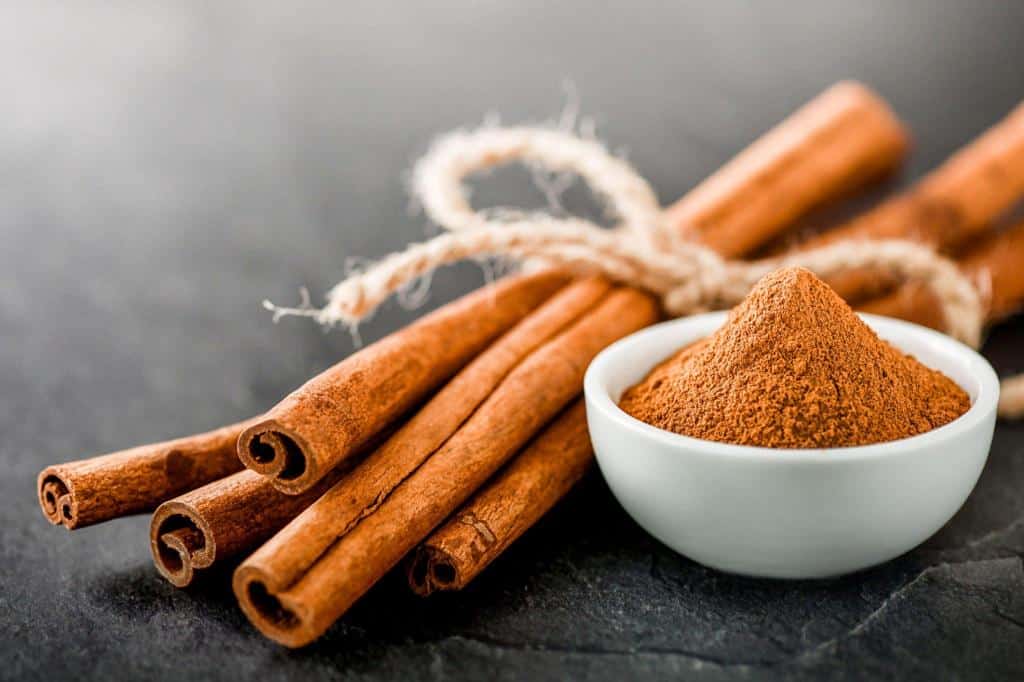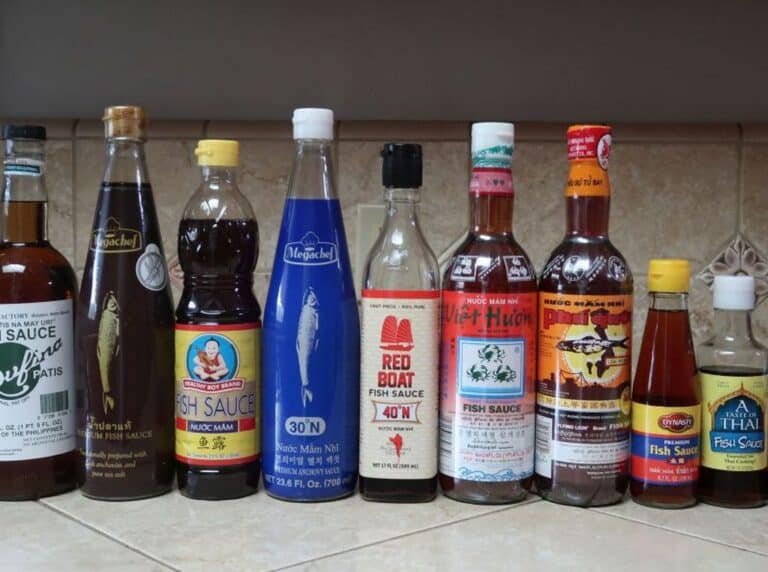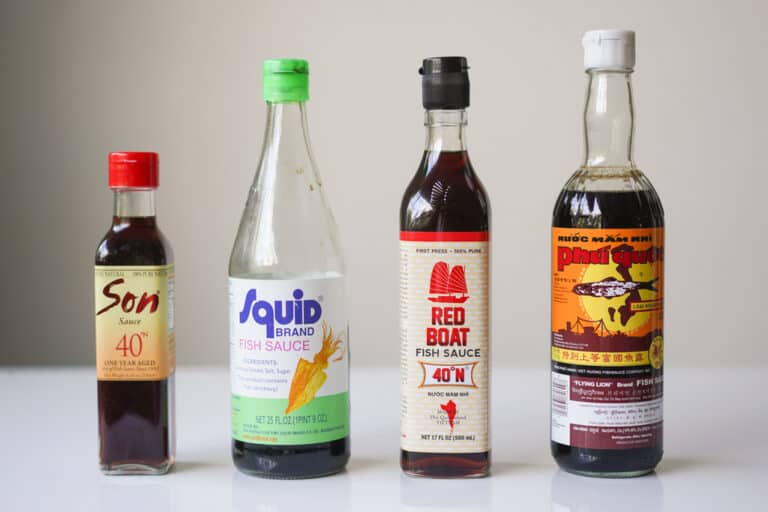Why Is Cinnamon in Short Supply? Pillsbury Cinnamon Rolls High Demand

Cinnamon, that aromatic spice that evokes warm memories of Grandma’s apple pie or freshly baked cinnamon rolls, has been making headlines for a different reason lately. It’s no secret that this beloved spice is facing a crisis of scarcity. But why is cinnamon suddenly so hard to come by, and how does it relate to Pillsbury Cinnamon Rolls?
In this article, we’ll explore the multifaceted story of cinnamon’s shortage, delve into the factors contributing to this scarcity, and reveal the unexpected connection between the high demand for Pillsbury Cinnamon Rolls and the global cinnamon supply. So grab a cup of tea or coffee, and let’s dive into the intriguing world of cinnamon.
The Allure of Cinnamon
Cinnamon is not just a spice; it’s a flavor that enchants our taste buds and a scent that warms our hearts. Its history dates back centuries, with the ancient Egyptians using it in their embalming process, and the spice was considered more precious than gold. Today, it’s a staple in kitchens worldwide, adding depth and warmth to both sweet and savory dishes.
But in recent times, the world has seen a shift in the availability of cinnamon. It has become a rare commodity on grocery store shelves, leaving many to wonder what’s causing this scarcity. To understand this, we need to uncover the various factors contributing to the shortage of this beloved spice.
Overview of Cinnamon Supply Chain
Cinnamon, that sweet and aromatic spice we love in our pastries, has a fascinating journey from tree to table. To grasp the complex world of cinnamon supply, let’s dive into an overview of its supply chain.
Introduction to the Global Cinnamon Market:
Cinnamon, sought after for its distinctive flavor and fragrance, has become a global culinary sensation. The spice’s journey from its origins to the kitchen spice rack involves a well-defined supply chain. Understanding this chain is crucial to comprehending why cinnamon sometimes becomes scarce.
Key Producing Countries and Regions:
Cinnamon is primarily grown in countries like Sri Lanka, Indonesia, China, India, and Vietnam. These tropical regions provide the ideal conditions for cinnamon trees to thrive. Their strategic location in the global cinnamon production landscape makes them key players in the supply chain.
Factors Affecting the Production and Supply of Cinnamon:
The production and supply of cinnamon face various challenges, including pest infestations, labor shortages, and diseases like the cinnamon leaf-mining moth. These factors can significantly disrupt the supply chain and cause shortages.
Role of Weather Conditions and Climate Change:
Weather conditions and climate change also play a pivotal role in affecting the supply of cinnamon. Cinnamon trees require specific weather patterns, including consistent rainfall, which are sensitive to shifts in climate.
As a result, droughts and extreme temperatures due to climate change can impact the growth and yield of cinnamon trees. This adds an extra layer of complexity to the already intricate supply chain for this beloved spice.
Factors Impacting Cinnamon Availability
The shortage of cinnamon is not a result of a single factor but rather a complex interplay of several elements. Here are some of the key reasons behind the scarcity of cinnamon:
1. Pest and Diseases
Cinnamon trees are susceptible to various pests and diseases, including the dreaded cinnamon leaf-mining moth. Controlling these threats is a challenge, and when left unchecked, they can decimate entire cinnamon crops.
2. Labor Shortages
The labor-intensive process of harvesting and processing cinnamon requires a skilled workforce. Labor shortages in cinnamon-producing regions have hindered the timely cultivation and harvesting of the spice.
3. Supply Chain Disruptions
The COVID-19 pandemic has an impact on the global supply chain, just like many other industries. Transportation delays, port closures, and disruptions in logistics have slowed the distribution of cinnamon to consumers.
4. Rising Demand
Due to its rising popularity in baking and cooking, there is a high demand for cinnamon, which has made the shortage worse. This increased demand has put pressure on the already constrained supply.
5. Climate Change
Climate change has had a significant impact on the regions where cinnamon trees thrive. These trees require specific conditions, including a tropical climate with consistent rainfall. Changes in weather patterns, droughts, and extreme temperatures have disrupted the growth of cinnamon trees, leading to reduced yields.
Pillsbury Cinnamon Rolls and the Cinnamon Connection

While the factors mentioned above play a significant role in the scarcity of cinnamon, it’s essential to understand the unexpected link between Pillsbury Cinnamon Rolls and the high demand for this spice.
Pillsbury Cinnamon Rolls are a beloved breakfast and dessert option for many households. These ready-to-bake rolls, adorned with sweet cinnamon and icing, have become a staple on morning tables and holiday feasts. As more people discover the joy of baking at home with vanilla to make cookies, Pillsbury Cinnamon Rolls have seen a surge in popularity.
The delicious aroma of these rolls baking in the oven is enough to make anyone’s mouth water. But here’s the twist: the very ingredient that makes Pillsbury Cinnamon Rolls so delectable, cinnamon, is now in short supply. As more people turn to baking as a pastime, the demand for cinnamon has skyrocketed.
The Impact on Cinnamon Prices
The increased demand for cinnamon, coupled with the various factors impacting its availability, has led to a notable increase in cinnamon prices. Consumers have felt the pinch when purchasing this once-affordable spice, and businesses that rely on cinnamon, such as bakeries and restaurants, have had to adapt to the new pricing landscape.
What Can You Do?
If you’re a cinnamon enthusiast or simply enjoy Pillsbury Cinnamon Rolls, there are a few things you can do to navigate the cinnamon shortage:
- Buy Cinnamon in Bulk: Consider purchasing cinnamon in larger quantities to reduce the impact of price hikes and ensure you have a steady supply.
- Support Sustainable Practices: Look for brands that prioritize the sustainable and responsible sourcing of cinnamon. This helps support the long-term health of the industry.
- Explore Alternatives: While cinnamon is undoubtedly unique, you can experiment with alternative spices like cardamom, nutmeg, or allspice to achieve different flavor profiles in your recipes.
- Grow Your Own Cinnamon: If you have a green thumb and live in a suitable climate, consider growingyour ownr cinnamon tree. This not only ensures a personal supply but also contributes to conservation efforts.
- Be Patient and Adaptable: Understand that the current situation is temporary. Continue to enjoy cinnamon when it is available, and adapt your recipes if needed.
Conclusion
Many people love cinnamon’s enchanting aroma and flavor, but a number of factors, including climate change and rising demand, have made it harder to find. As the demand for cinnamon rises, products like Pillsbury Cinnamon Rolls have found themselves at the forefront of this scarcity, making the once readily available spice a sought-after commodity.
While the cinnamon shortage is undoubtedly a concern for cinnamon lovers and bakers, it’s important to remember that the spice will not disappear entirely. It may be in short supply for now, but like many challenges, it is one that the industry will work to overcome.
As we adapt to these changing circumstances, our love for cinnamon and its warm, comforting embrace will continue to thrive, whether in a Pillsbury Cinnamon Roll or a homemade apple pie. In the end, it’s the enduring allure of this spice that keeps us coming back for more, even when it’s in short supply.
FAQs on Pillsbury Cinnamon Rolls High Demand
What alternatives can be used in place of cinnamon in baking?
In baking, viable alternatives to cinnamon include nutmeg, allspice, cardamom, and ginger, which can provide similar warm and spicy flavor profiles, albeit with slight differences in taste.
How has the demand for Pillsbury Cinnamon Rolls affected the cinnamon market?
The high demand for Pillsbury Cinnamon Rolls has significantly affected the cinnamon market, leading to increased pressure on the already strained supply chain, resulting in higher prices and scarcity in the market.
How are cinnamon farmers coping with the surge in demand for cinnamon?
Cinnamon farmers are grappling with the surge in demand by implementing improved cultivation practices, exploring sustainable farming methods, and collaborating with local and international organizations to increase productivity and meet market demands.
Is the shortage of cinnamon affecting the prices of Pillsbury Cinnamon Rolls?
Yes, the scarcity of cinnamon has impacted the prices of Pillsbury Cinnamon Rolls, leading to price hikes and potential shifts in consumer preferences towards alternative products.
What are the major challenges faced by cinnamon producers in meeting the rising demand?
Cinnamon producers face challenges such as limited arable land, fluctuating weather conditions, and the need for technological advancements to increase productivity, impacting their ability to meet the rising demand.
Can the shortage of cinnamon be attributed to climate change?
While the shortage of cinnamon can be partially attributed to climate change, other factors such as increased global demand and challenges in the supply chain also play significant roles in the scarcity of cinnamon.
What are the possible long-term solutions to the cinnamon shortage problem?
Long-term solutions to the cinnamon shortage problem may involve sustainable agricultural practices, investment in research and development for higher-yielding cinnamon varieties, and improved infrastructure for efficient distribution and storage.
How has the shortage of cinnamon impacted the bakery and confectionery industries?
The scarcity of cinnamon has had a profound impact on the bakery and confectionery industry, leading to higher production costs, potential alterations in recipes, and the need to explore alternative flavor profiles like vanilla extract, ultimately influencing consumer preferences and product availability.





